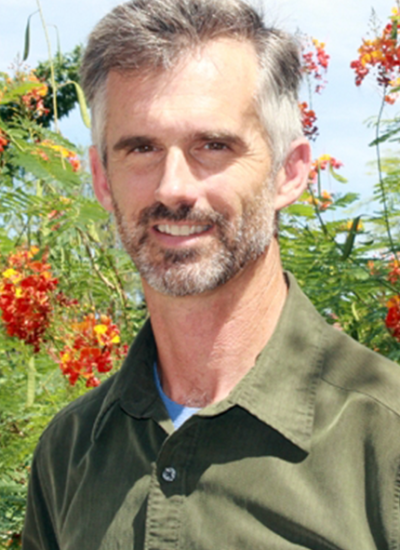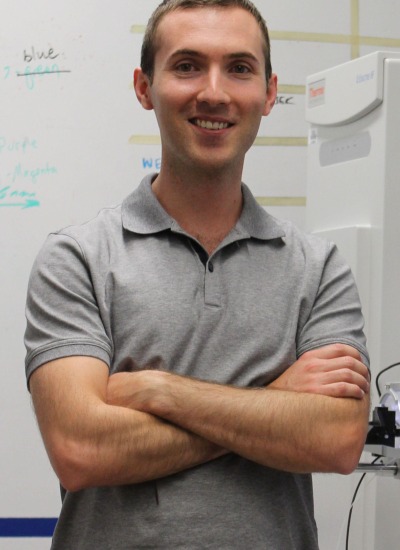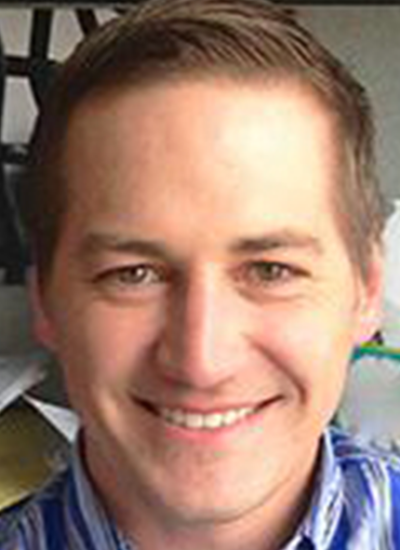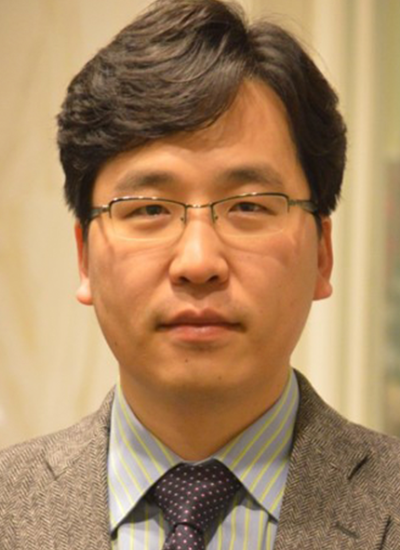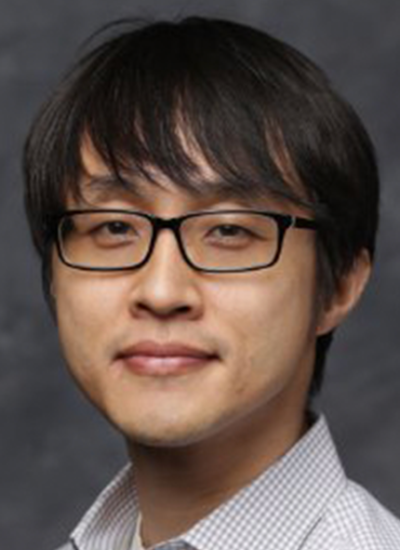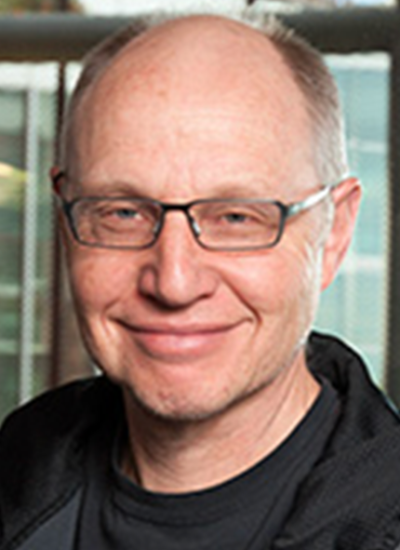Natural sciences
Michael T Marty
Work Summary
The Marty Lab uses mass spectrometry to study interactions of membrane proteins, peptides, and lipids within nanoscale membrane mimetics.
Research Interest
Matthew A Kupinski
Work Summary
Matthew Kupinski works in diverse areas of imaging including x-ray, gamma-ray, diffuse optical, magnetic resonance, and neutron imaging.
Research Interest
Minkyu Kim
Work Summary
Minkyu Kim's research interests are in the areas of biopolymers and biomaterials for advanced national defense and healthcare. He is currently working to develop functional biopolymer materials for the treatment of antimicrobial-resistance diseases and atherosclerosis.
Research Interest
Dongkyun Kang
Work Summary
We are developing low-cost in vivo microscopy devices that can visualize cellular details of human tissues in vivo and help disease diagnosis and treatment in low-resource settings, high-speed tissue microscopy technologies that can examine entire organ under risk of having malignant diseases and detect small, early-stage lesions, and miniature microscopy devices that have the potential to examine anatomically-challenging human organs and facilitate integration of microscopic imaging with other imaging modalities.
Research Interest
Christopher Hulme
Work Summary
The Hulme group is focused on small molecule drug design and developing enabling chemical methodologies to expedite the drug discovery process. The development of small molecule inhibitors of kinases is of particular interest.
Research Interest
Leslie Gunatilaka
Work Summary
Discovery of natural products from plants and their associated microorganisms as potential drugs to treat cancer. Application of medicinal chemistry approach for structure-activity relationship studies and to obtain compounds for preclinical evaluation. Development of alternative agricultural systems for sustainable utilization of natural resources.
Research Interest
Hendrikus L Granzier
Work Summary
Our research is focused on elucidating the structure and function of titin and nebulin, two large filamentous proteins found in muscle. We use a range of model systems with a major focus on KO and TG mouse models. The techniques that we use range from single molecule mechanics, (immuno) electron microscopy, exon microarray analysis, in vitro motility assays, low angle X-ray diffraction, cell physiology (including calcium imaging), muscle mechanics, and isolated heart physiology.
Research Interest
Michael F Brown
Research Interest
Pagination
- Previous page
- Page 2


